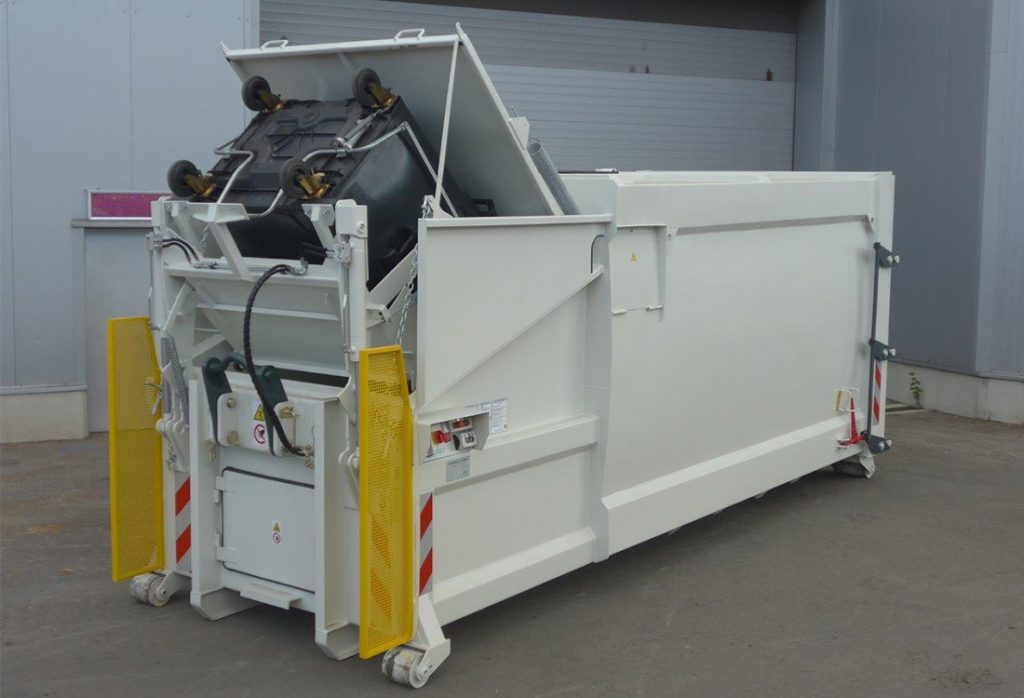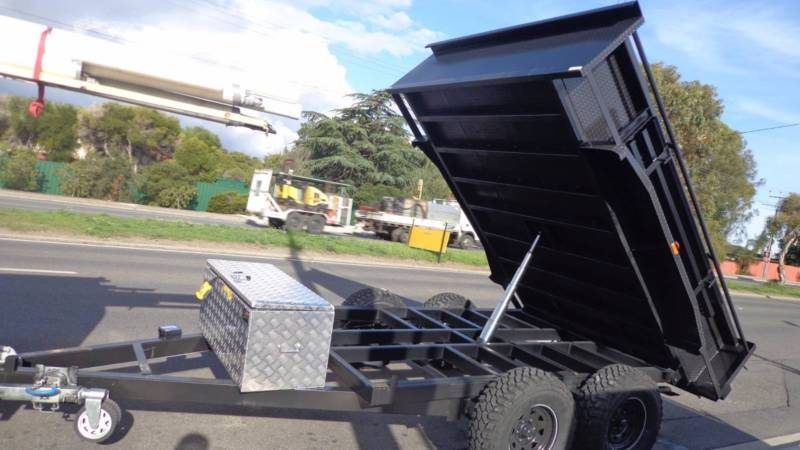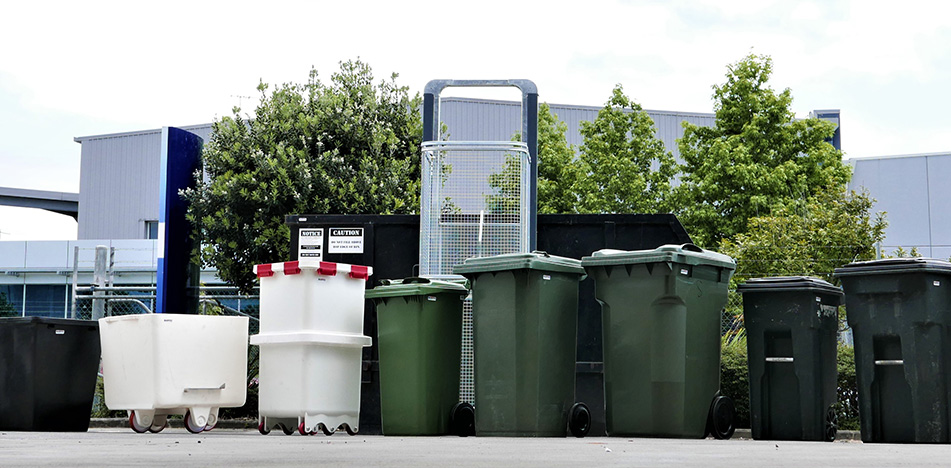The Importance of Bin Lifting Equipment in Processing and Manufacturing Environments
There’s no question that occupational safety is one of the most pressing concerns any business will ever face. This is especially true in bulk processing and manufacturing environments where there’s always pressure to balance productivity with ergonomic efficiency.
The practice of non-stop handling and picking up fully, or even partially loaded commercial-sized bins and drums is rife with ergonomic and potentially toxic hazards. It’s also the reason why equipment designed specifically for moving, lifting and dumping these bins has become such a crucial asset for both workplace safety and business performance. Some Australian jurisdictions, in fact, now even mandate the use of mechanical lifting equipment as a means of ergonomic intervention.
No matter which way you look at it, the risks of injuries resulting in permanent musculoskeletal damage are too great to ignore. Especially because there’s equipment readily available that can eliminate the danger.
Removing the lifting risk
As the dimensions of containers for bulk commodities have largely been standardized between 60L – 1280L, it’s also become easier to manufacture the kinds of rugged, specialized machinery that can minimize the physical demands that go with their handling. Fortunately for safety officers and production managers, there’s an immense range of bin tipping and bin lift machines available for almost any kind of lifting contingency.

These machines not only take the risk out of employees manually lifting fully loaded bins, they also ensure uninterrupted productivity by mitigating the potential penalties that could be incurred if the contents of a bin were spilled or inadvertently contaminated.
Types of tippers
There are four major types of bin tippers, and the lifting cradles of each can be modified to accommodate any type of bin, container, or drum required. They’re all adaptable across a full range of activities though, with their suitability largely dependent on the environment they’ll be used in. Their function, however, remains the same: to reduce the physical demands placed on employees when handling heavy loads.
· Winch-operated tippers
These hand-cranked, manual tippers are economically priced lifters for 80L- 240L bins, and are typically used in low volume environments like schools, cafes and offices. With a winch-driven lifting capacity of 65kg, and a maximum tipping height of 1500mm, these tippers are caster-mounted and are ideal for alternating indoor and outdoor use.
· Hydraulic tippers
These are also manual tippers, but are gas strut actuated and sized for 120L – 240L bins. Their maximum tipping height is also 1500mm. However, with a lifting capacity of only 30kg, they’re best suited for light duty environments where paper would make up the majority of bin contents. They’re also good for alternating indoor and outdoor use.

· Powered tippers
Electric, battery, and pneumatic powered tippers for both bins and drums make up the majority of all tipper types. Depending on their scope of use, they can vary from 60L – 240L, 1600mm economy tippers, all the way up to 1100L mega-tippers with custom tipping heights reaching 5m. Lifting capacities can range between 150kg and 750kg, and their sealed circuitry and key-controlled operation make them suitable for extended use in any working environment, either indoors or outdoors.
· Forklift tippers
Forked, tipping attachments are pull-cord activated solutions manufactured in a variety of configurations for hoisting bins and drums. With 180° of working rotation, these tipper attachments are suitable for 500kg wheeled bins in either 240L or 600L capacities, 1000kg single or double-slotted platforms for 240L capacity bins, or for standard 205L capacity steel drums up to 500kg.
Going beyond waste disposal
Although the most presumptive use of a bin tipper would be for dumping waste material, it’s worth remembering that as bulk containers, commercial bins are actually used for much more than just waste disposal. A quick look around at most factories and outdoor activities will reveal just how extensively differing types of bins are used beyond garbage.
If you’re a safety officer, in particular, you might be surprised how many standard-sized containers are in service right in your facility. It ultimately means that the list is incredibly broad of environments where some type of bin lifting equipment can be deployed.
· Heavy manufacturing
Many manufacturing facilities where both bulk production and assembly are performed typically use bins and containers to store both their QC-ready goods, and raw materials like plastic pellets and granules. A tipper can allow finished goods to continue to be pushed through a facility without bottlenecking due to manual handling, as well as enabling the continuous feed-through of raw consumables for production.
· Chemical and food preparation industries
Liquids, powders, and ingredients are routinely stored in bins and drums in bulk form. Pouring, blending, or emptying them manually into secondary containers isn’t a quick or easy task. Waste, spillage, or contamination can have unimaginable implications in these locations. A bin lifter allows these containers to be handled securely and consistently in a way that’s both safe and efficient.
· Textile industries
Large bins and containers are heavily used in an industry that requires lots of high temperature liquids and highly toxic solutions. Bin lifting equipment can allow large volumes of materials to be introduced into dyeing and washing vats without putting employees at risk of musculoskeletal damage from heavy lifting, or dangerous chemical exposure.

The final word
It’s impossible to understate the role that ergonomic intervention can have on reducing serious workplace injuries, or the direct and indirect costs that can be associated with them. At the end of the day, however, it’s incumbent upon businesses to thoroughly examine their work processes and to identify whether bin tipping and bin lift machines should be integrated into those processes.
If you’re a safety officer, take the time to assess your company’s needs, and if you see an area where tipping equipment can make a difference, don’t hesitate to make it a company priority.



